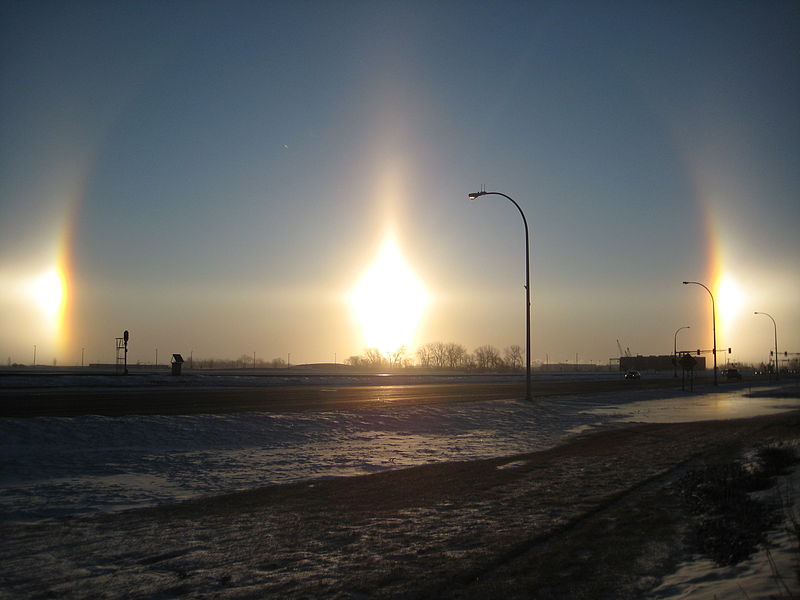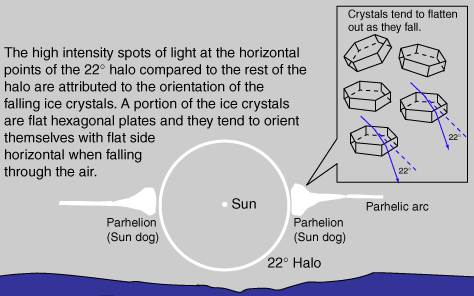
Photo Credit
BILD LLC/Shutterstock
Subhead
What Are Sun Dogs? And How Did They Get Their Name?
My Dad and his Dad always figured if they checked the sky at night or during the day, and a sundog or moondog appeared, it was a time to take the next day off and go fishing. They were both farmers so had a bit of leeway to go fishing for a few hours. And they always caught salmon, steelhead, bass, catfish, grouper, sturgeon, and had a great time. Some of Dad's favorite memories. R.I.P., Dad and Grandpa.
Has anyone else seen a "fog-bow"? Yes, as it sounds I saw one on the low-lying fog. At first I thought it was just a darker, thicker band of fog, but it moved like a rainbow will when you change you position. Early morning, low fog and the sun just barely coming up behind me.
We were driving and I love clouds and I was taking pictures. Right in the middle was yellow orange and blue. It was beautiful. Our friend told us they're called sundogs
I live in North Carolina and have saw Sun Dogs several times over the years. You can see them any where, just depends on how high the clouds full of ice crystals are and your location relationship to the sun and clouds. I once found the end of the Rainbow...yes that's right, I was 6 feet from it, but every time i stepped closer to it, it move that distance away. I "chased" it across the field but could never get inside it. Almost like an optical illusion. So sadly I can not confirm if there is a POT OF GOLD.
Cool story...made me chuckle.
I've always wanted to get to the end of the rainbow. I see sundogs and sun halos and moon halos very frequently here in Eastern North Carolina. Love it!!
Before my mother passed away we were driving down the road and there was a rainbow that looked to end on the road and as we got up to it we drove right thru it and we could see the colors pass right thru the car it was beautiful as it was inside the vehicle with us
This is not how rainbows work.
I have seen what I've been told is a 'mock sun', very similar to the first posted photo, but they have never been close to the sun; always in a break in the clouds or someplace other than close to the sun. I always just assumed that there is water vapor or some kind of ice crystals in that portion of the atmosphere causing the small rainbow-colored 'spot' in the sky.
Another fascinating weather phenomenon to enjoy!
I was told they mean a change in the weather, such as in winter, the weather will become colder if the temperature is currently "fair" or warmer if the weather is currently cold.
A fairly high altitude sundog with a second ring was seen in St. Louis County, MN on Feb. 14th, 2021. It held in the sky for most of the morning, and the haze accompanying it stayed for most of the day. If it wasn't for the haze thickening enough to be cloud cover, we might have had one that evening also.
No snow that night, and above zero today...
- « Previous
- 1
- 2
- …
- 10
- Next »











Comments